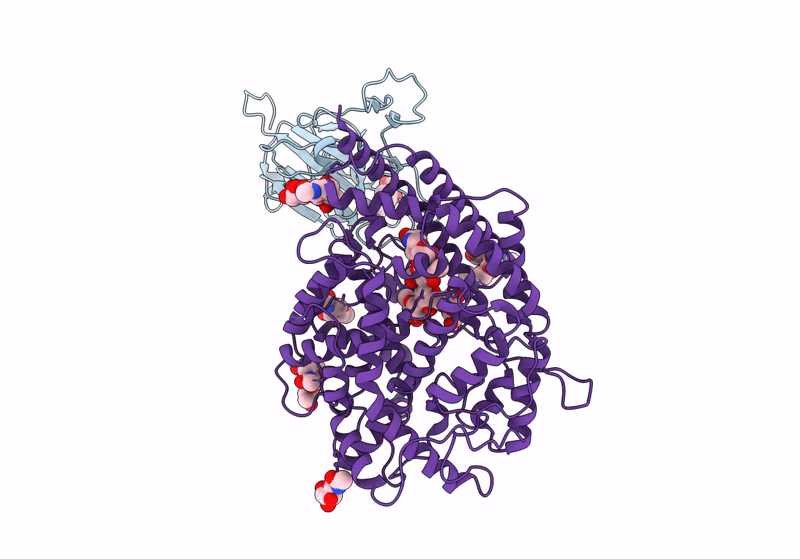
Deposition Date
2023-12-26
Release Date
2024-05-01
Last Version Date
2024-10-23
Entry Detail
PDB ID:
8XLN
Keywords:
Title:
Structure of the SARS-CoV-2 EG.5.1 spike RBD in complex with ACE2
Biological Source:
Source Organism:
Homo sapiens (Taxon ID: 9606)
Severe acute respiratory syndrome coronavirus 2 (Taxon ID: 2697049)
Severe acute respiratory syndrome coronavirus 2 (Taxon ID: 2697049)
Host Organism:
Method Details:
Experimental Method:
Resolution:
3.78 Å
Aggregation State:
PARTICLE
Reconstruction Method:
SINGLE PARTICLE


